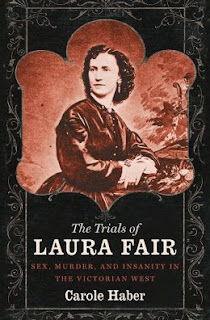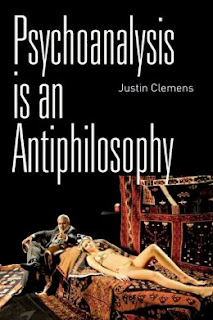 Area Studies at Kyoto University. Their new book is The Noodle Narratives: The Global Rise of an Industrial Food into the Twenty-First Century.
Area Studies at Kyoto University. Their new book is The Noodle Narratives: The Global Rise of an Industrial Food into the Twenty-First Century.Gewertz applied the “Page 99 Test” to The Noodle Narratives and reported the following:
If someone thumbed through The Noodle Narratives at Amherst Books (my bookstore), and paused to read page 99, I would imagine some confusion, but some curiosity as well. The reader would find a discussion of how Papua New Guineans regard instant (ramen) noodles, learning that many laud their culinary flexibility and applaud their inexpensive availability. One middle-aged Papua New Guinean went so far as to say “If noodles weren’t available, there would be no hope.” In addition, this page argues that Papua New Guineans enjoy the connections instant noodles forge between themselves and others elsewhere. They know that all sorts of people eat them, including (some think) Queen Elizabeth and President Obama whose facsimiles are shown eating instant noodles in local advertisements.Learn more about The Noodle Narratives at the University of California Press website.
A reader’s confusion would derive from the unexpected trip to Papua New Guinea. A reader’s curiosity would derive from the realization that instant noodles connect him or her to Papua New Guineans.
The book is about such connections as they play out in the context of the global, industrial food system. According to the World Instant Noodle Association, 95.39 billion packets and cups of instant noodles were sold worldwide during 2010 to a considerable range of markets. Almost everyone eats or has eaten them, albeit for different reasons and in different amounts. Thus, the book is a study of capitalist provisioning demonstrating how rich and poor, living in diverse parts of the world, have become caught up in the global phenomenon of instant noodles.
To this end, we begin by discussing why human beings are hard-wired to like these salty, MSG-laden, oily, and (sometimes) sugary instant noodles. And then we turn to their careers in three distinct markets: Japan, where they were invented and where they receive their greatest embellishment; the US, where they remain a mere “commodity,” with the largest market segments comprised of college students (whose parents are nostalgic for them), the incarcerated (for whom they provide a “taste of freedom”), and the impoverished (who are dubbed “heavy users” by noodle companies); and Papua New Guinea, where they are transforming the poor into consumers of mass-produced items. Finally, in the last two chapters, we enter the laboratories of food scientists, who bring us the likes of instant noodles, and evaluate the claim recently made by the CEO of Nissin foods (and the son of the inventor of instant noodles) that “instant noodles will save the world.”
--Marshal Zeringue



























